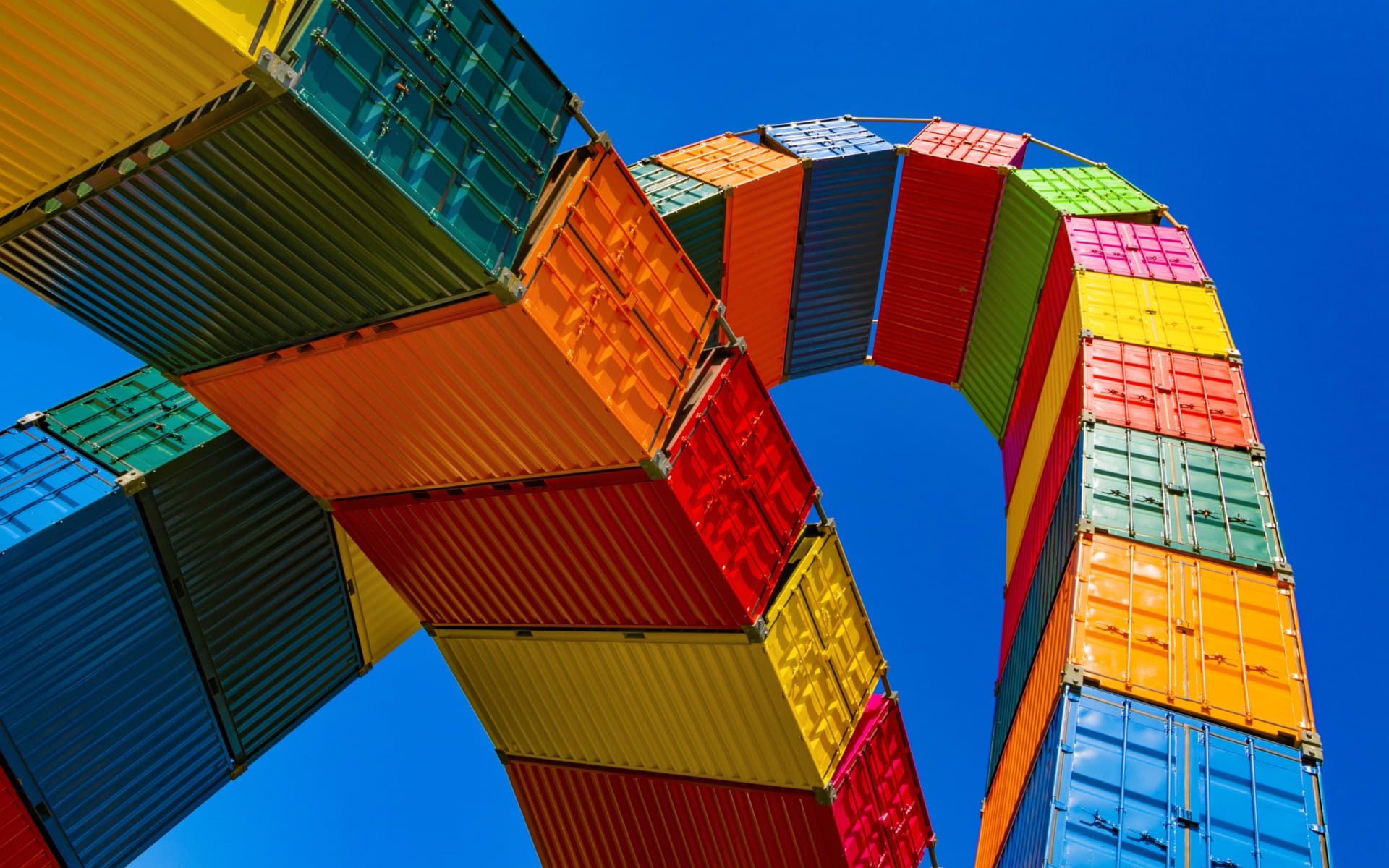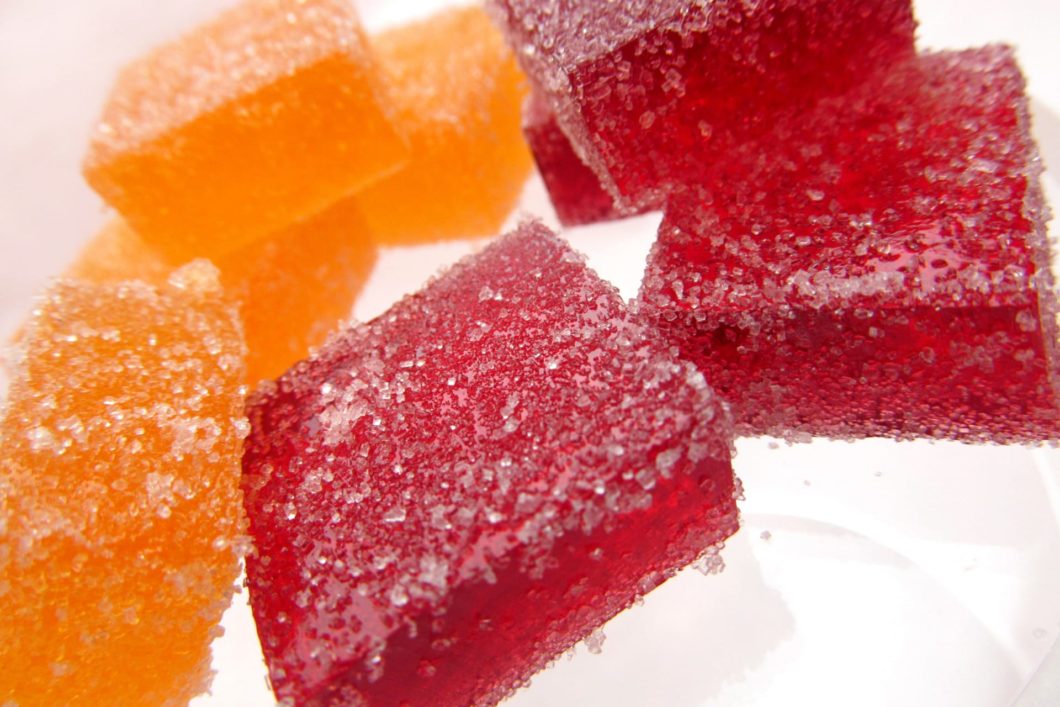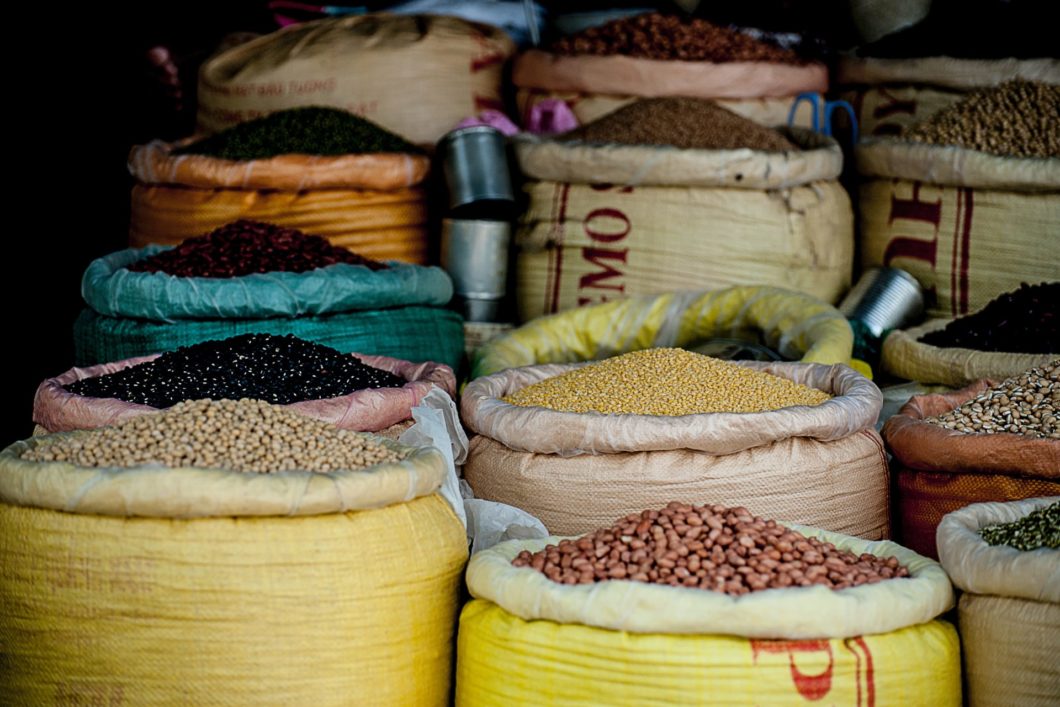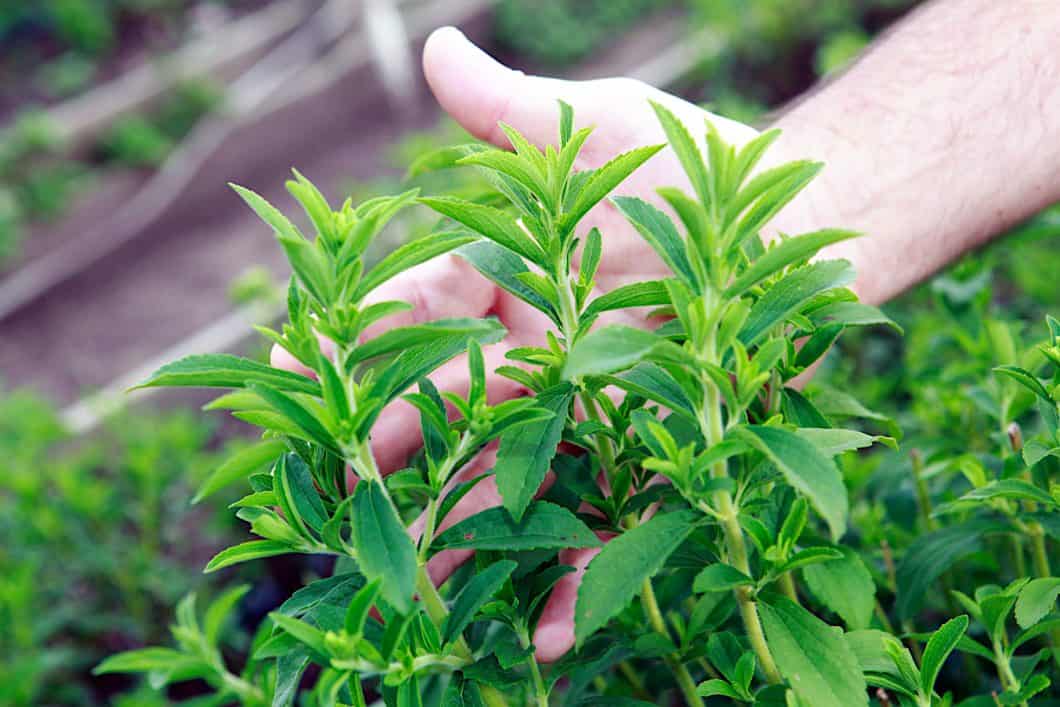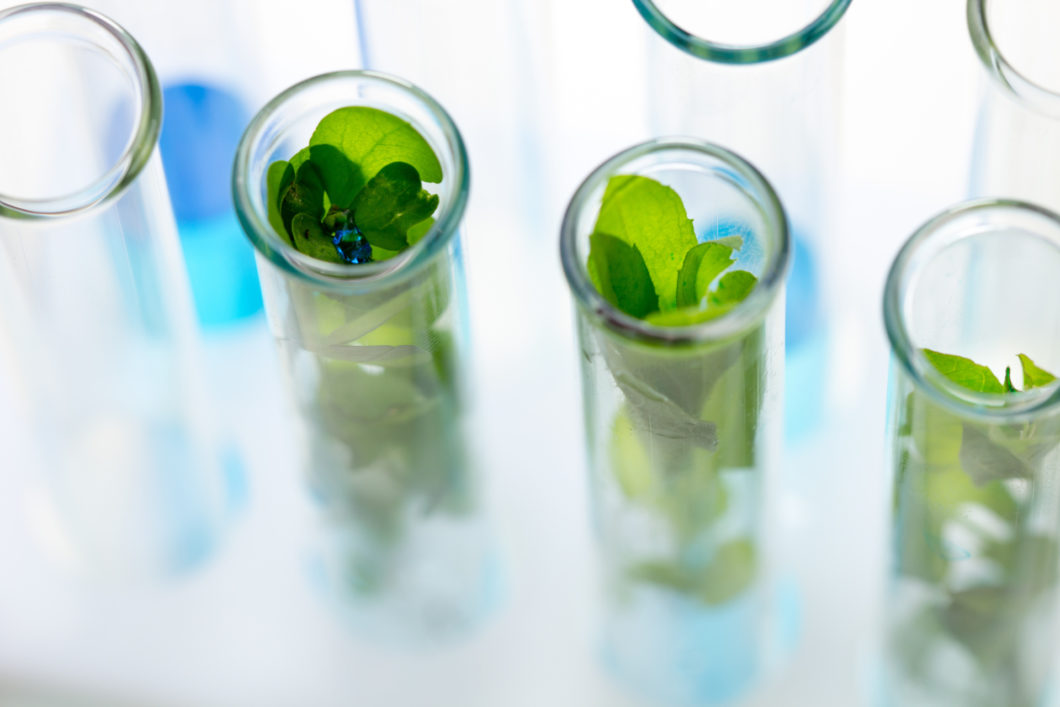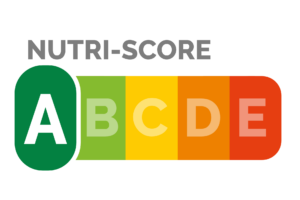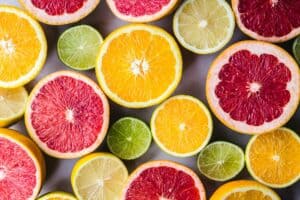How to purchase stevia extract
Business development • You want to start using stevia and take your sugar reduction to the next level? Congratulations on a good choice! But before you take action, there are some things you should be aware of. Purchasing stevia is easy. But purchasing stevia that is right for you, your product and your needs is another matter. In this article, you’ll get the basics.
Stevia extract is extracted from the stevia plant that is cultivated in many parts of the world, and there are many different players in the area. Finding the right stevia extract is not easy – you have many choices to make. In addition, the composition of steviol glycosides varies widely between different stevia extracts, but also between two extracts that have an equal proportion of a specified steviol glycoside. And who should you buy from? We make an effort to take a closer look at all of this in this article.
A large family
Let’s start with the plant stevia. There are 240 species of stevia, but only one contains the sweet substances that are extracted. It’s called Stevia rebaudiana and originates from the tropical and subtropical parts of South America. It is particularly associated with Paraguay.
It’s important to grasp that you are not buying stevia but the extract that can be obtained from stevia. Stevia leaves are only allowed in tea, herbal teas and fruit fusions. However, the sweet substances in stevia leaves – steviol glycosides – can be extracted and used in a wide range of foods. Stevia extract is a white powder consisting almost exclusively of the 11 steviol glycosides approved in the EU.
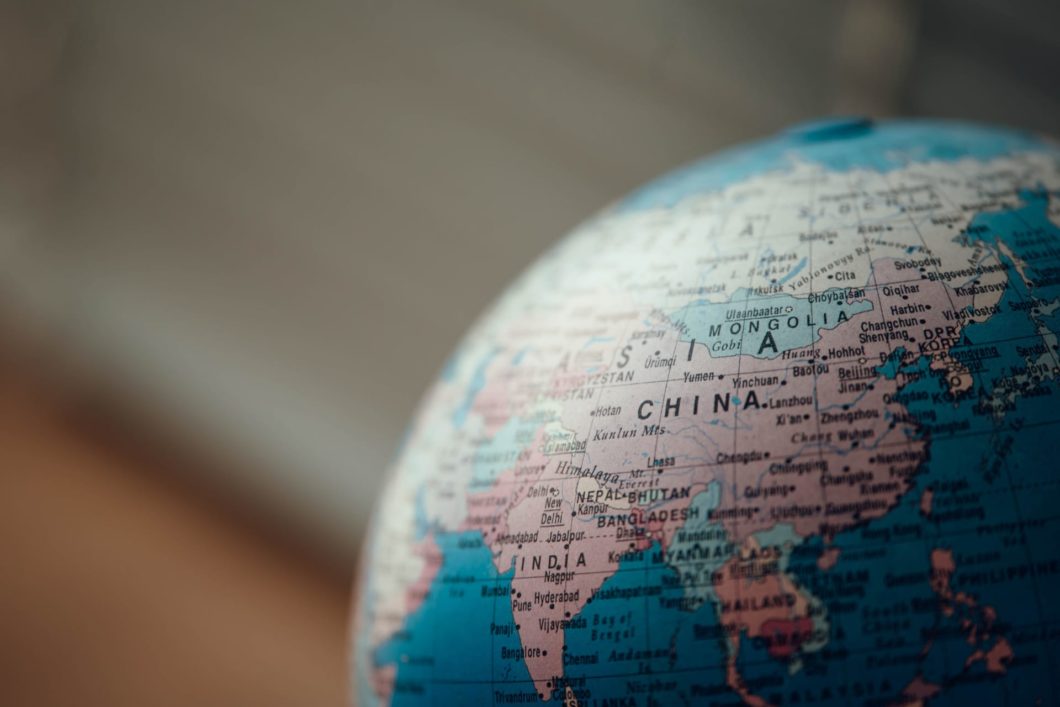
Choosing continent and country
South America has an advantageous climate for large-scale stevia production. But there are other options as well. Stevia is now grown in Southeast Asia, Africa and the USA. Yes, even in Europe there are stevia cultivation. But the country most often associated with stevia is China. The reason for this is that the giant in the east accounts for 80 per cent of the world’s stevia production.
Different concentrations
A completely different area, but just as important is to find out what kind of stevia extracts to choose. Eleven different steviol glycosides are found in today’s stevia extract and some of them (for example, Reb A, Reb M and Reb D) make up the majority of the content (from about 50 to 98 per cent concentration).
The fact is that steviol glycosides with a hundred per cent purity are not available on the commercial market. The various stevia extracts consist of a mixture of steviol glycosides, where only one of them is present in a given proportion. For example, our stevia extracts contain 50, 60, 80, 95, 97 or 98 per cent Reb A, Reb M, Reb C or Reb D while the rest is other steviol glycosides.
If a specified proportion of a stevia extract is a specific steviol glycoside, then what makes the remaining content? Mostly stevioside, as it is the most common steviol glycoside in stevia leaves, but also other steviol glycosides. There are also some minerals and other leftovers from the plant.
What concentration should you choose? There is no obvious answer to that question. It depends on what type of food and what flavour profile you want to achieve. It has been found that when the concentration is lower and several different steviol glycosides are allowed to meet, synergy effects arise which improve the taste. In the article A counterintuitive fact about stevia extract, you can read about an interesting experiment regarding yoghurt and stevia.
Which one should you choose?
Extracts containing mainly Reb A are among the most widely used. It is also relatively cheap. Recently, new alternatives have emerged such as Reb D and Reb M. These are available in significantly smaller quantities in stevia leaves compared to Reb A. They are therefore more expensive than Reb A. But they are also more sugar-like and lack the liquorice-like aftertaste found in Reb A, thus, no other ingredients are needed to mask the off-taste.
If you ignore the higher price of Reb D and Reb M it sounds like a simple choice, right? Why choose Reb A if there are other steviol glycosides that taste better and are more reminiscent of sugar?
It’s not that simple. The choice of steviol glycoside depends on many factors. For example, what foods you should use it in, price segment, other possible ingredients and taste experience requirements. In general, one could argue that Reb M fits well in products with a simple taste profile where you want big and tangy sweetness without any side-tastes, for example in sweets.
In foods with a more complex taste profile, such as chocolate products, the slightly bitter Reb A can team up with cocoa that is also bitter. In the article How to choose between Reb A and Reb M, you can read more about choosing steviol glycosides.
Not indisputable
Which main steviol glycoside, mixture and concentration that you should choose is not by far indisputable.
To facilitate this decision-making process, you need a working method where you systematically investigate which steviol glycosides are suitable for your particular food. This means that you will probably have to do extensive tests to meet your specific requirements for sweetness, taste and mouthfeel.
In short – you need to find out what type of stevia extract is right for your needs. Should it be one with 50 per cent Reb A or one with 98 per cent Reb M, or something else? And how does the extract work with other ingredients in the food?
Varying Content
There is great variation between stevia extracts with the same concentration of the same steviol glycoside. For example, a stevia extract with 60 per cent Reb A from one supplier can have a distinctly bitter taste and clear liquorice-like aftertaste, while from another supplier it has a much more pleasant and more sugary sweetness.
Obviously, there is no difference between Reb A from one supplier to another. It is the same sweet substance regardless of where the plant is grown or how it has been extracted. It is the remaining part – the 40 per cent that is not Reb A – that separate different stevia extract from each other.
For each fraction Reb A that is extracted, you get about twice the fraction of stevioside, which is more bitter and has a pronounced taste of liquorice that sets it apart from Reb A. You also get a fraction containing residues – other steviol glycosides and some tannins, flavonoids, minerals and other substances from the leaves.
The 40 per cent that is not Reb A is thus a mixture of the two fractions with stevioside and the residues. It is partly the proportions between these and partly the composition of the residues that make the difference between two extracts with 60 per cent Reb A.
Buying stevia extract
If you have decent knowledge and experience, the right network and are able to play it cool, you can source stevia extract directly from manufacturers. But for them wanting to do business with you, you may have to buy large quantities. And if you have such great needs, the opposite problem could arise; the manufacturer may not be able to (or don’t want to) sustainably deliver the volumes you need. These are examples of problems you have to deal with if you are going to buy directly from manufacturers.
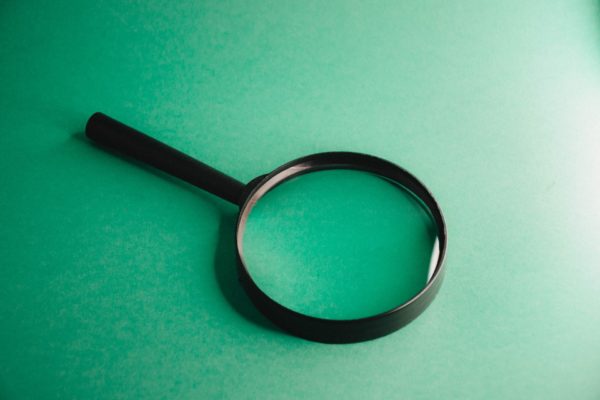
Another problem is quality. How should you ensure that the stevia extract you get is consistent in quality over time? And how should you arrange and monitor food safety from manufacturing to finished product? On top of this, you have to manage the handling of freight, customs and the like.
It can be tempting to skip the middlemen – exporters, importers and distributors – to avoid paying their orders. And, by all means, if your company has the resources to solve any problem that may arise, you may go ahead. But don’t mistake the middlemen for greedy types who just cut between. They add great value by solving problems for you.
For example, an importer or distributor can ensure equal access to stevia extracts of equal quality, by purchase stevia extracts from many different sources. They can also ensure that the entire chain from farm to product meets all regulatory requirements.
A Helping Hand
If you would like tips on distributors selling our stevia extracts, please contact us. We have distributors in most EU countries.
Please, share this article if you liked it.
[et_social_share]

